Holocaust Memorial Day: Why Nazi atrocities against gay men must never be forgotten
The horrors suffered by gay men under the Nazis remind us of the terrible human cost of homophobia, writes Hugh Kaye.
By Will Stroude

Words: Hugh Kaye
Rudolf Brazda died in 2011 at the age of 98. He was a gay man born in what is now eastern Germany. There was nothing exceptional about his death, but he was the last known LGBT+ survivor of the Nazi concentration camps.
Although there are still others alive who were sent to camps, none of them were deported solely for being gay.
In 1935 SS leader Heinrich Himmler created something called the Reich Central Office for the Combating of Homosexuality and Abortion. Two years earlier he had said: “We must exterminate these people root and branch… the homosexual must be eliminated.”
It would be years until he was that forward about his plans for the Jews of Europe. It was not until the 1960s that the German government acknowledged past crimes against the LGBT+ community. An official apology would not be forthcoming until 2002. Yes, you read that right, it’s not a typing error – 2002.
Brazda spent three years in Buchenwald, forced to wear the infamous pink triangle. Although there were no gas chambers, it is believed that more than 55,000 people died there through malnutrition, disease and what the Nazis called “extermination through labour”.
On arrival at the camp in August 1942, Brazda was forced to undertake back-breaking work in a stone quarry. Inmates were subject to beatings, medical experimentation and summary executions – victims were either shot in the back of the head or given a lethal injection. Anyone surviving that faced death marches in the last weeks and days of the war.
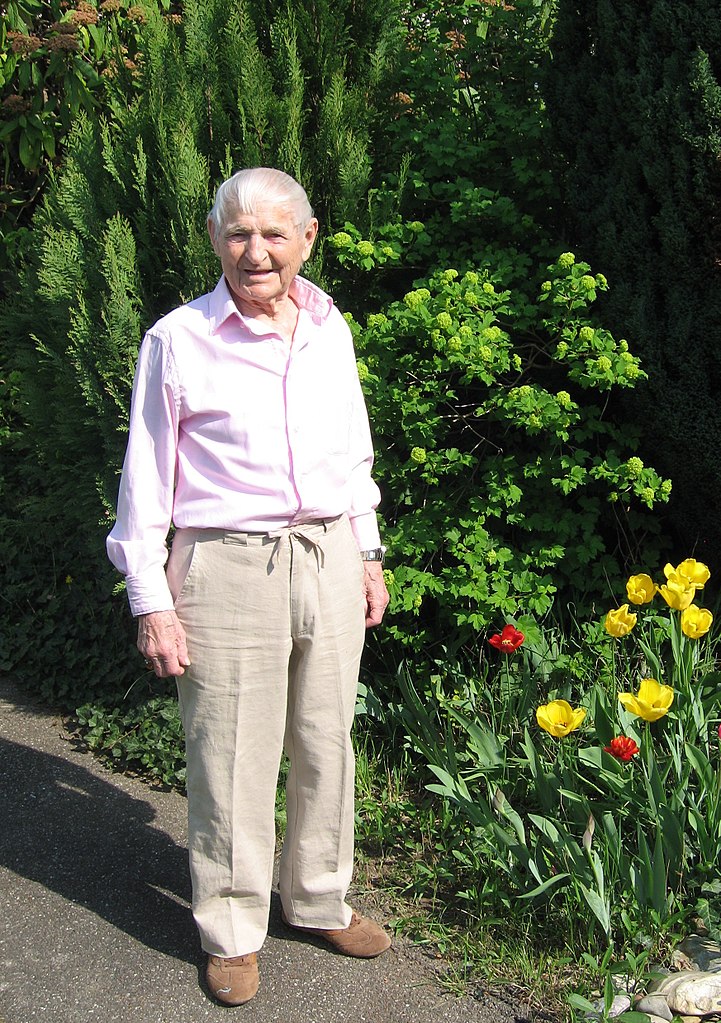
Rudolf Brazda died in 2011 as the last known LGBT+ survivor of Nazi concentration camps.
Little wonder that Dwight D Eisenhower, the allied supreme commander and later a US president, said of Buchenwald that nothing he saw in his lifetime shocked him as much as what he witnessed there shortly after its liberation by American troops in April 1945.
Famous war journalist Edward R Murrow reported on what he found.
“I was told that the building had once stabled 80 horses. There were 1,200 men in it, five to a bunk. Many of them could not [get up]. The stink was beyond all description.
“As we walked out into the courtyard, a man fell dead. Two others, they must have been over 60, were crawling towards the latrine.”
The Nazi persecution of gay men – they viewed lesbianism as a temporary condition so they suffered less – began almost as soon as Hitler took power in January 1933. SS boss Heinrich Himmler once said that eight per cent of men in Germany were gay, adding: “If that’s how things remain, our nation will fall to pieces. Those who practise homosexuality deprive Germany of the children they owe her.”
His solution was to “convert” them by forcing them to have sex once a week with women taken from prisons and used as sex slaves. If that failed, they faced being sent to camps. Once there, they were brutalised, having their testicles boiled in water or by having 25cm pieces of wood shoved into their rectum.
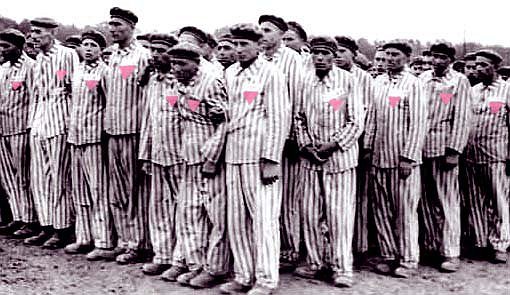
It is believed that of all gay men deported to camps, 60 per cent died. This compares with a figure of 41 per cent for political prisoners who perished and 35 per cent of Jehovah’s Witnesses.
Of course, the number is nowhere near the proportion of Jews murdered in the Holocaust, but gay inmates were also subject to brutal treatment by fellow prisoners and often found themselves right at the bottom of the camp hierarchy.
An anonymous writer told of life in Sachsenhausen concentration camp, where a gas chamber was installed some time in 1943.
“A homosexual was never permitted to have a position of responsibility, we couldn’t even speak with other prisoners – we were told we might try to seduce them.
“We were forbidden to approach [within] five metres of other blocks. Anyone caught doing so was whipped, with 15 to 20 strokes. We were to remain the damnedest of the damned, the camp’s ‘shitty queers’, condemned to liquidation.”
He continued: “The day began at 5am, breakfast was a slurp of thin soup. Then we had to form up on the parade ground. Work followed from 7.30am until 5pm. In the morning we had to cart snow from the left side of the road to the right side. In the afternoon, we had to cart the same snow back to the left.
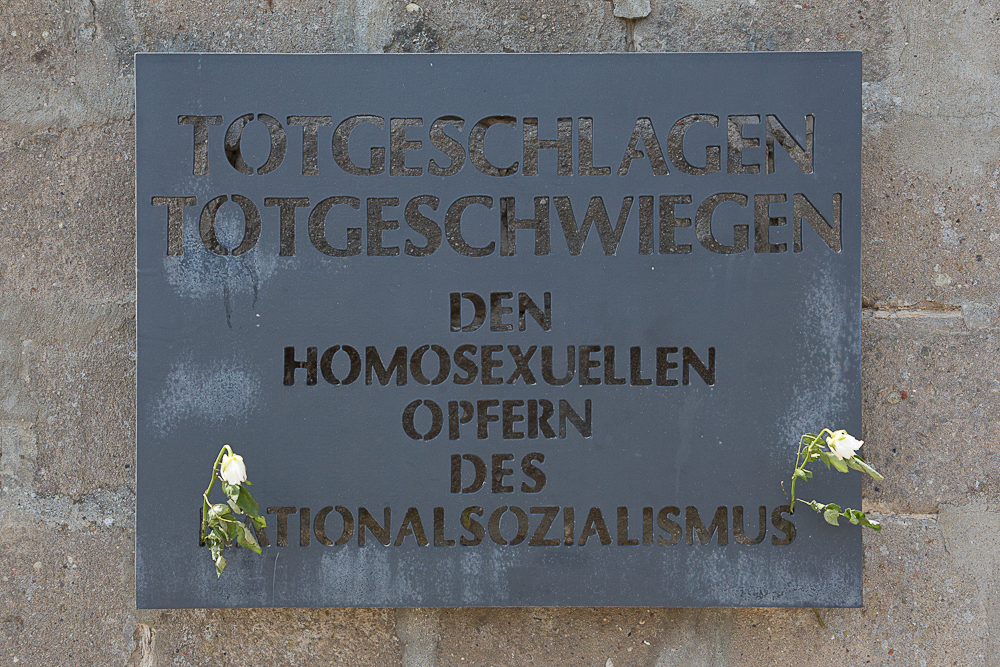
The memorial plaque at Sachsenhausen concentration camp, Germany.
“We didn’t have barrows or shovels but had to use our hands, our bare hands. Twenty turns shovelling snow, then 20 carrying it away and all at the double.”
Conditions after the work finished were no better. The witness explained: “The windows in our block had a centimetre of ice on them. Anyone found with his underclothes on in bed, or his hand under his blanket, was taken outside and had bowls of water poured over him and left to stand for a good hour. Only a few survived this treatment.”
Another witness to the atrocities in Sachsenhausen was the gay author Leo Clasen. He wrote, “We had been [there] for almost two months but it seemed like endless years. When we [arrived] we had numbered 300, a man told me only 50 were still alive.”
Clasen added: “Whips were used each morning when we were forced down into clay pits under the wailing of camp sirens. Experiments had been ordered involving living subjects and phosphorus.”
Those selected for the tests were purposely burned so that the Nazis could work out how best to treat the injuries. Most of the subjects died. “It is impossible to put the misery into words,” wrote Clasen.
“The experiments were proceeded [by] unspeakable pain, fear, blood and tears.”
One Danish doctor, Carl Vaernet, joined the SS for the sole purpose of pursuing his research into “curing” gay men. Among the operations he carried out at Buchenwald was the inserting of artificial hormone glands into the groins of homosexual men – without the distraction of sanitary conditions.
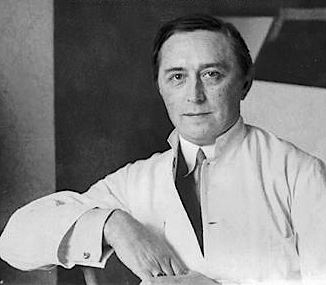
Dr. Carl Værnet conducted human experiments on gay inmates at the Buchenwald concentration camp
Despite being arrested in May 1945 on suspicion of war crimes, he somehow managed to convince the authorities that his treatment to turn gay men straight was important scientific research. He died a free man in Argentina in 1965.
The exact number of gay men who died in the concentration camps will never be known for sure. Although figures are available for those brought to trial on charges of “lewd and unnatural behaviour,” many more were sent to the camps without ever appearing in court.
Large numbers were summarily executed by firing squad, particularly if they had been in the armed forces.
The statistics that are available show that in 1933, 853 men were convicted of homosexuality in Germany. For 1936, the number shot up to 5,320 and rose again two years later to 8,562 before dropping off slightly the following year. Annual figures for 1940 and 1941 reveal about 3,700 convictions per year.
Historians estimate the number of gay men arrested by the Nazis at 100,000, with some 15,000 being sent to concentration camps.
Up until 1935, gay men were only punished for taking part in anal intercourse, but a new law – known as Paragraph 175a – made 10 acts illegal, including kissing, embracing and “having homosexual fantasies”.
In 1937, the official SS newspaper, Das Schwarze Korps, estimated that there were two million homosexuals in Germany – and called for their deaths.
Records show that 92 companies used slave labour at Buchenwald, 52 at Dachau and 57 at the death camp at Mauthausen. Firms that benefitted from slave labour at the camps include names many will recognise today: Siemens, Blaupunkt, Bosch and the car manufacturers Audi, BMW and Daimler-Benz, to name but a few.
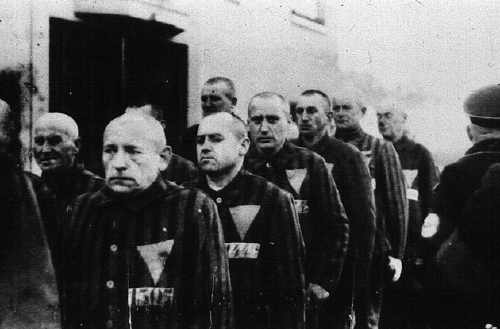
Even Ford Motors have been implicated, although they have always claimed that they lost control of their German subsidiary after America entered the war.
What is not in doubt is the company’s founder, Henry Ford, received the Grand Cross of the German Eagle – the highest honour that the Nazis could bestow on a foreigner – in 1938, and was praised by Hitler in Mein Kampf. His son, Edsel, might have faced being charged with trading with the enemy had he not died in 1943.
Although the orders clearly came from the very top, the witch-hunt against gay men was aided by large numbers of the German populace who gleefully turned in their neighbours and former friends.
Any gay man brought to the attention of the police was subject to immediate arrest, often having his fingernails pulled out or his bowels punctured. Others were made to stand to attention all day or to test military footwear by being forced to march 25 miles every day.
Frenchman Pierre Seel was arrested in May 1941. He was taken to a police station where he was beaten before being taken to a lesser-known concentration camp at Schirmeck. “I was tortured, beaten and raped,” Seel said.
On his first day, Seel witnessed a public execution. The victim was stripped naked and had a metal bucket placed on his head [to amplify his screams] before being mauled to death by ferocious dogs. He was just 18 years old – and had been Seel’s boyfriend.
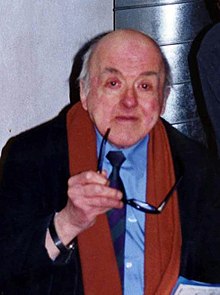
Pierre Seel was the only French person to testify openly about his experience of deportation during World War II due to his homosexuality. He died in 2005.
Another witness to the suffering of gay men wrote about “Project Pink” in his camp. “The homosexuals were grouped into liquidation commandos and placed under triple camp discipline. That meant less food, more work and stricter supervision.
“If a prisoner with a pink triangle became sick, it spelled his doom. Admission to the clinic was forbidden.”
One more survivor testified to further brutality perpetrated on another gay man. “He was a young and healthy man. When he arrived, he was seized and ridiculed, then beaten and kicked and finally spat upon. He suffered alone and in silence.
“They put him under a cold shower. It was a frosty, bitterly cold evening and he stood outside through the night. He was then tied to a post and placed under a lamp until he began to sweat [before being put] under a cold shower again. By morning, his breathing had become an audible rattle and he died.”
In the same camp, another effeminate young man was forced to dance in front of the SS men, who then chained him by his hands and feet to a rack and lifted him on to a crossbeam in the guards’ barracks where he was beaten.
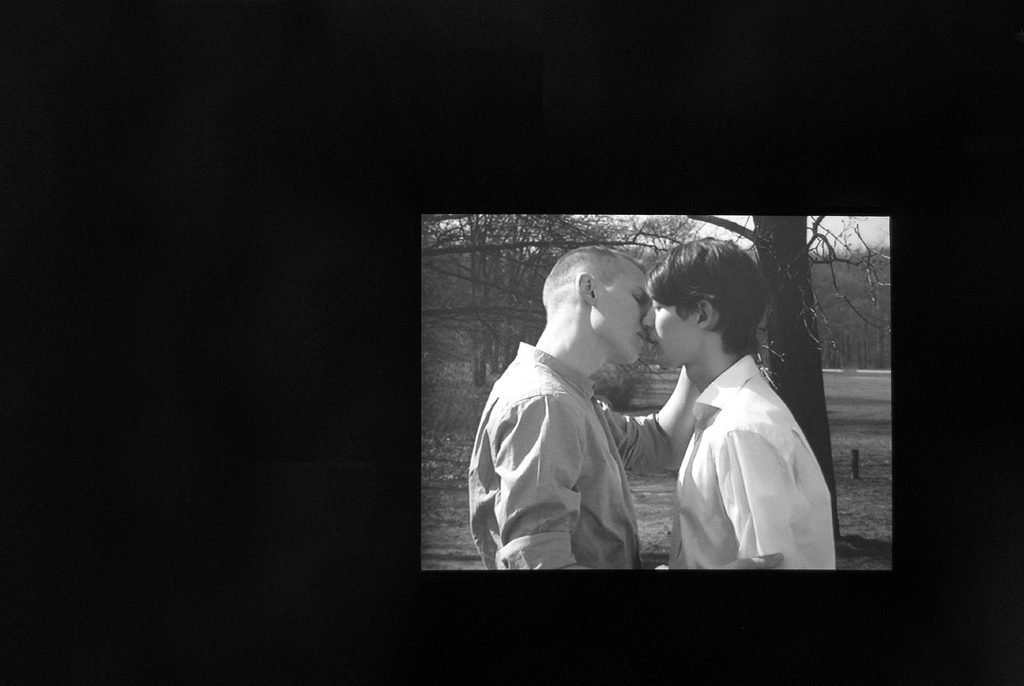
A video of two men kissing plays on an eternal loop at the Memorial to Homosexuals persecuted under Nazism in Berlin
In one of those crazy, twisted ways that the Nazis saw the world, when six youths were arrested for stealing coal and sent to a concentration camp, the boys ended up sharing a barracks with gay inmates.
The SS were so shocked that they removed the thieves and executed them to save their morality and innocence. Death was better than sharing space with homosexuals.
That is how gay men were viewed and treated in Nazi Germany. Remember that this Holocaust Memorial Day.
